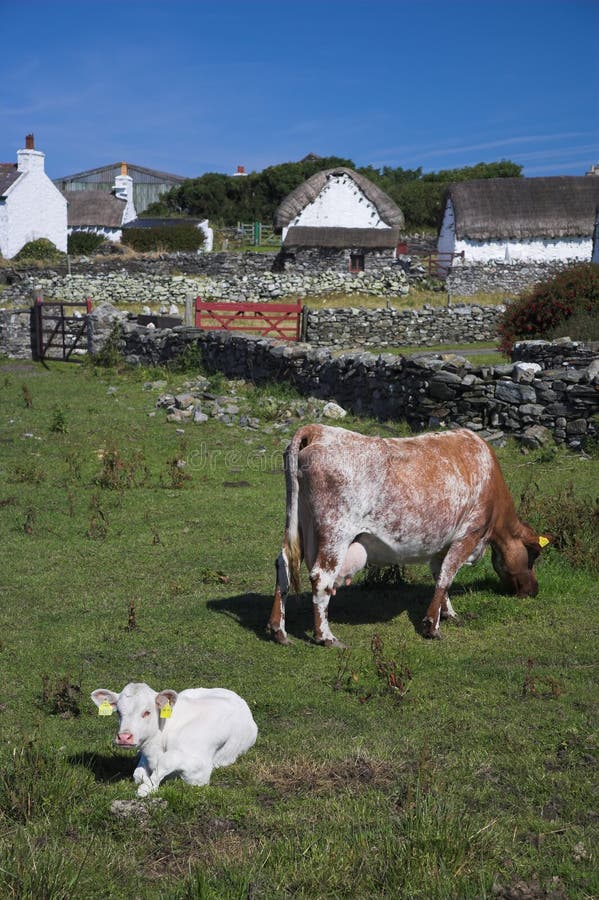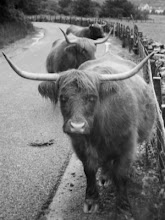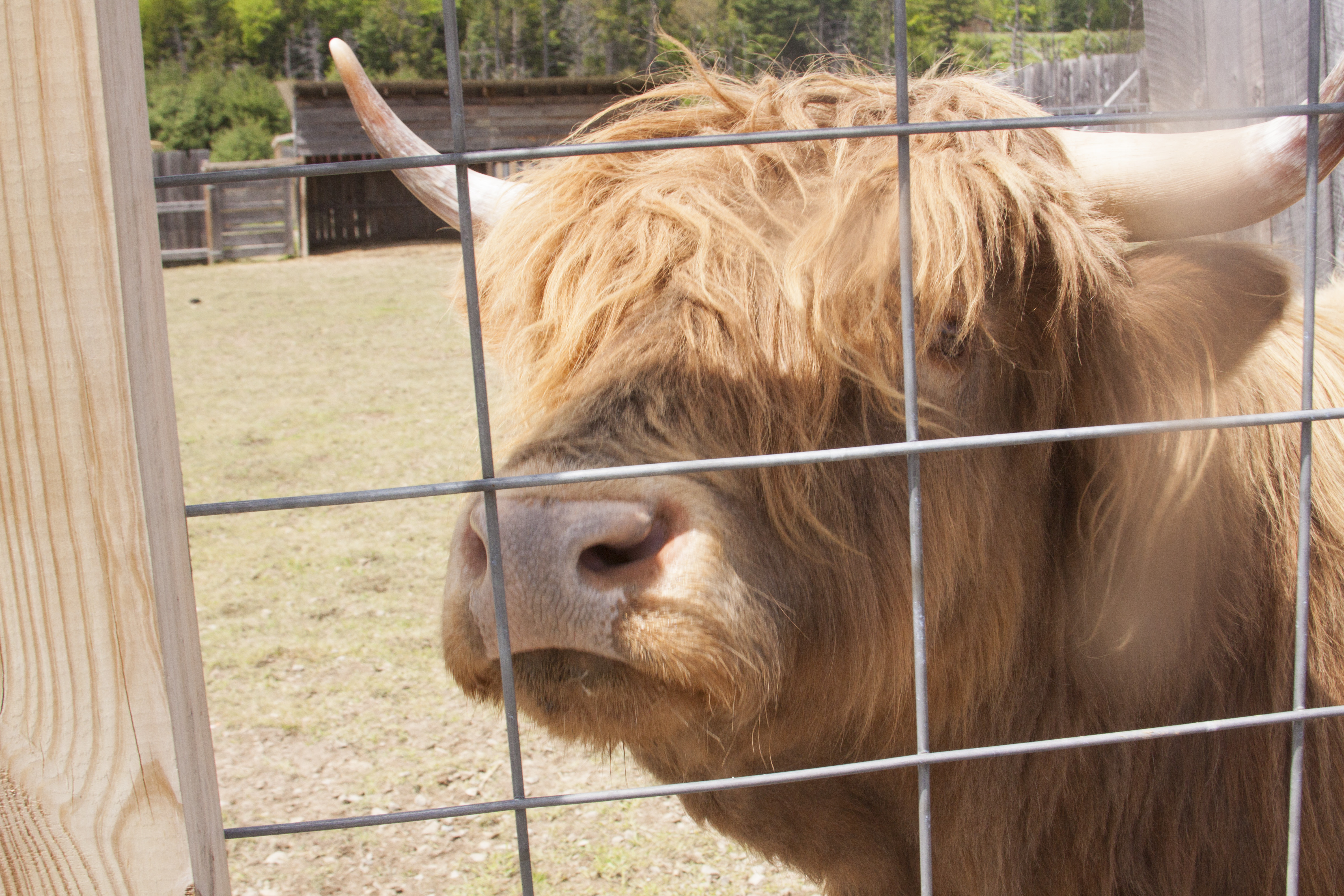
Hair shedding score was moderately heritable ( h 2 = 0.34 to 0.40), with different repeatability estimates between cattle grazing versus not grazing endophyte-infected tall fescue. Here, we developed parameters for routine genetic evaluation of hair shedding score in American Angus cattle, and identified genomic loci associated with variation in hair shedding score via genome-wide association analysis (GWAA). Both heat stress and fescue toxicosis reduce profitability partly via indirect maternal effects on calf weaning weight. Furthermore, research suggests that early-summer hair shedding may reflect tolerance to fescue toxicosis, since vasoconstriction induced by fescue toxicosis limits the ability of an animal to shed its winter coat. The rate at which a beef cow sheds her winter coat early in the summer is an indicator of adaptation to heat and an economically relevant trait in temperate or subtropical parts of the world. The cross cows were hardy, excellent mothers and had high conception rates, ranking among the best of all breeds and crosses produced in the study.Heat stress and fescue toxicosis caused by ingesting tall fescue infected with the endophytic fungus Epichloë coenophiala represent two of the most prevalent stressors to beef cattle in the United States and cost the beef industry millions of dollars each year. John Lawson at the CDA Research Station, Lethbridge, Alberta has shown that Highland - Hereford cross steer calves exceed the Hereford in growth rate and equalled them in carcass characteristics.
#Hairy cow calf full
Economical to feed and handle, they calve with no assistance, have high butterfat milk to feed a large calf to full potential and have long productive lives. Highland cross heifers make ideal commercial brood cows of medium size. Crossbred steers can be finished on grass or in feedlots. Hanging weight percentages of 60 to 65 % are not uncommon, with ample marbling and no wasted back fat. Cross calves have the longer eyelashes and forelock like Highlands. Highlands are good convertors of poor quality roughages and excellent foragers to take advantage of the grazing/feed resources available in your program. She has superior maternal instincts and milking ability to raise a healthy calf. The Highland cow is well known for important traits like longevity and hardiness, often producing into her teens. Highland cross calves have increased vigor and hardiness, as well as natural disease resistance, forage ability, and high efficiency. The horns are recessive and are not expressed when bred to a polled animal. Crossbred calves will retain their familiar appearance.

This is particularly effective with first calf heifers. This provides maximum heterosis effect in crossbreeding.Ĭrossbreeding with a Highland bull on commercial cows virtually eliminate calving problems and increases calf survival with strong and healthy calves. As Highlands have virtually untampered genetics since the 12th century, they are quite different from most other cattle. Crossing them with other breeds produces a faster growing and more commercial animal without losing the hardiness and low maintenance of the pure Highland.

They are the hardiest of cattle with the highest food conversion factor. Highland cattle are a perfect selection for crossbreeding. Maternal heterosis results in improvements in cow fertility, calf weaning weight and cow longevity. Numerous crossbreeding studies conducted in the Southeast and Midwest have shown an increase in calf livability coupled with an increase in growth rate.

Heterosis or hybrid vigor refers to the superiority in performance of the crossbred animal compared to the average of the straight bred parents. Crossbreeding beef cattle offers two primary advantages: 1) crossbred animals exhibit heterosis (hybrid vigor), and 2) crossbred animals combine the strengths of the various breeds used to form the cross.


 0 kommentar(er)
0 kommentar(er)
